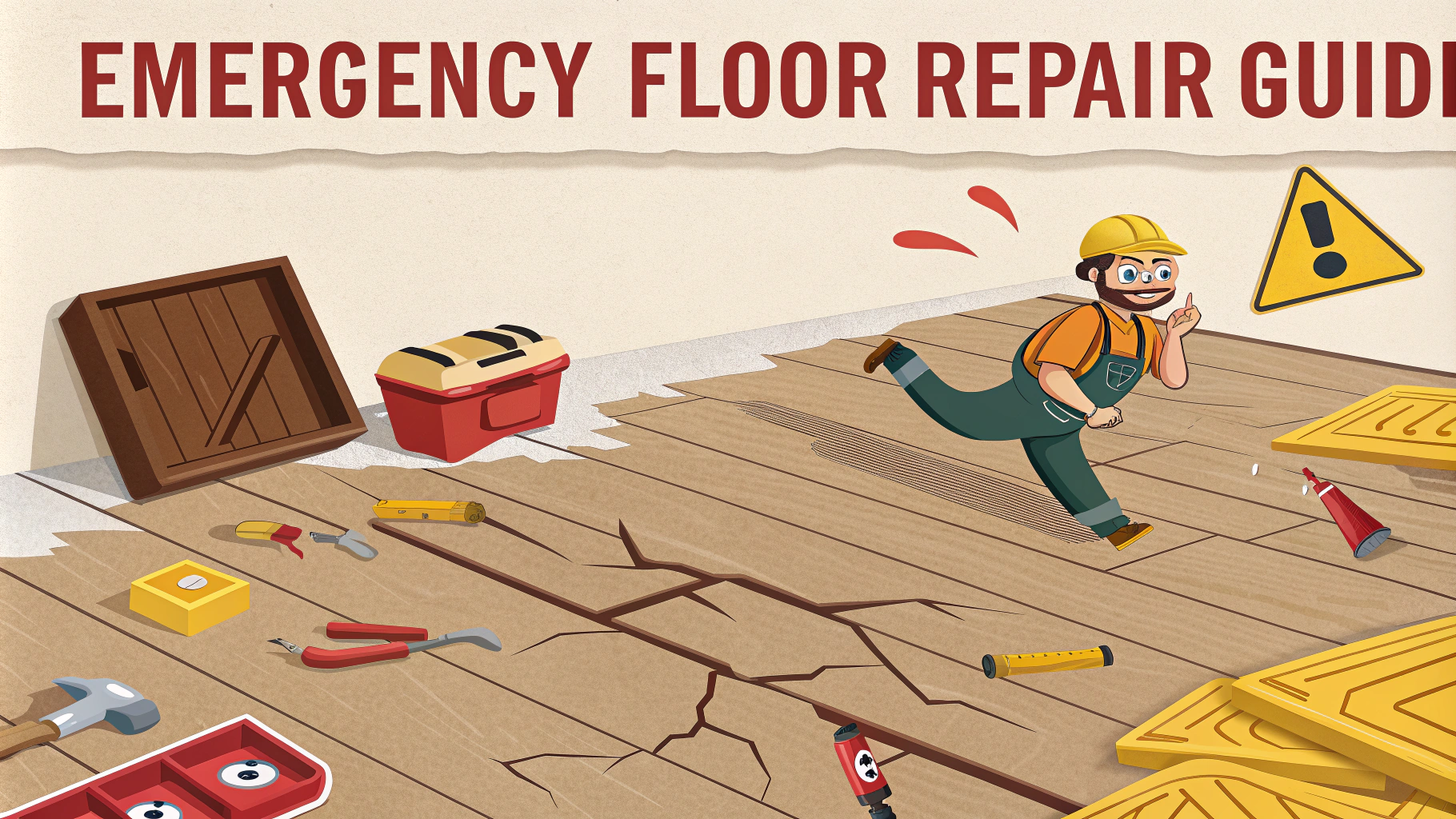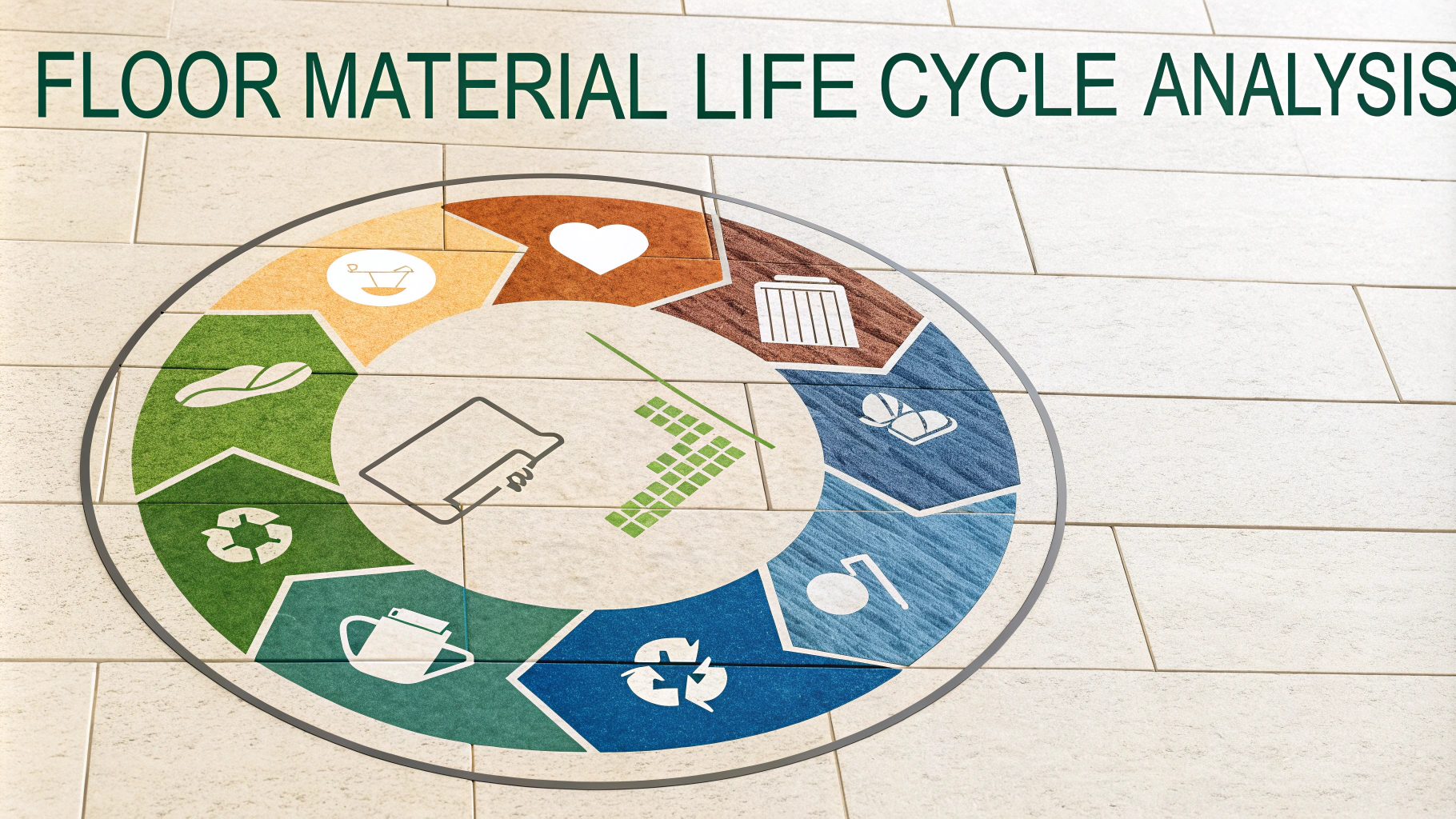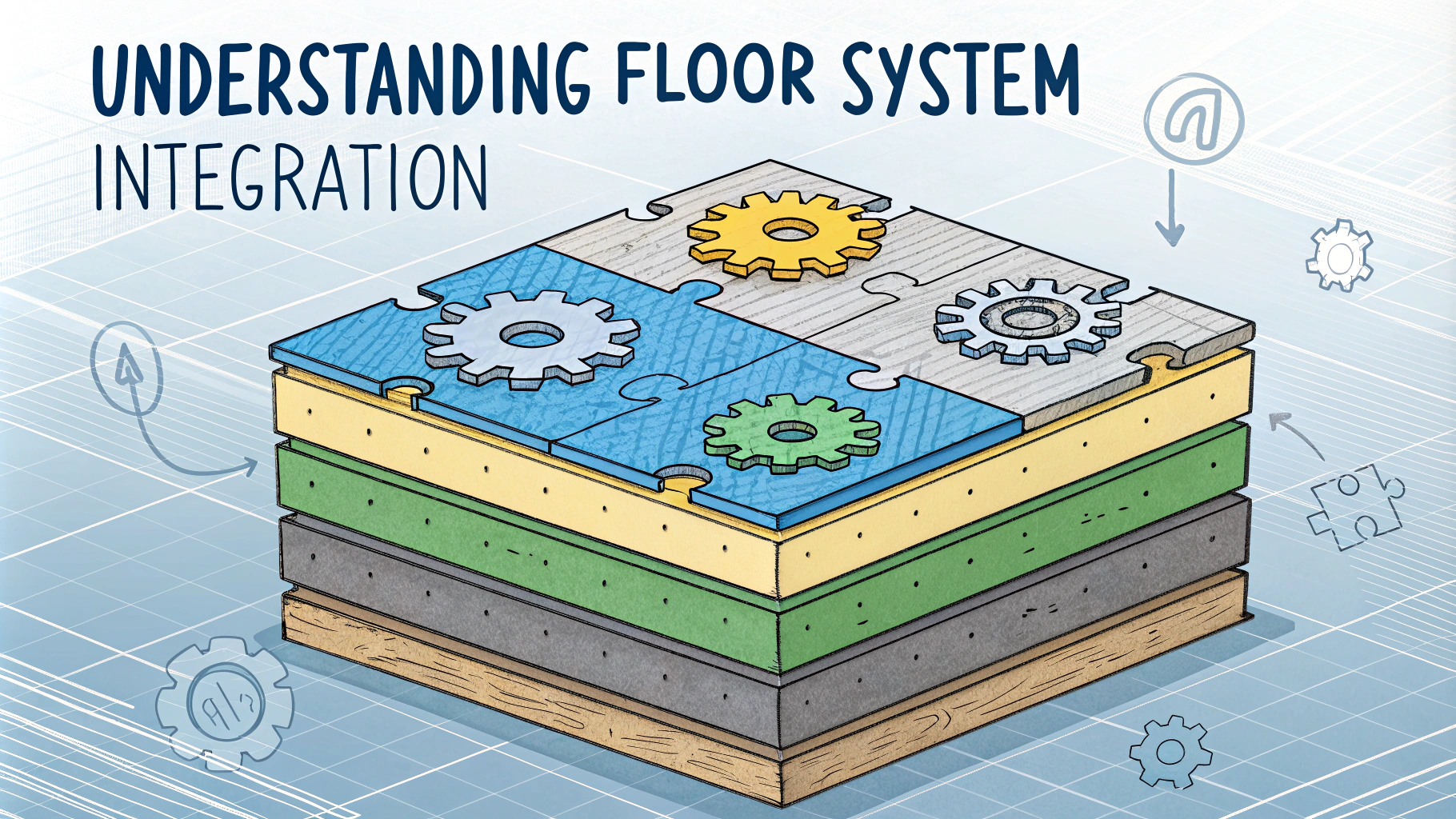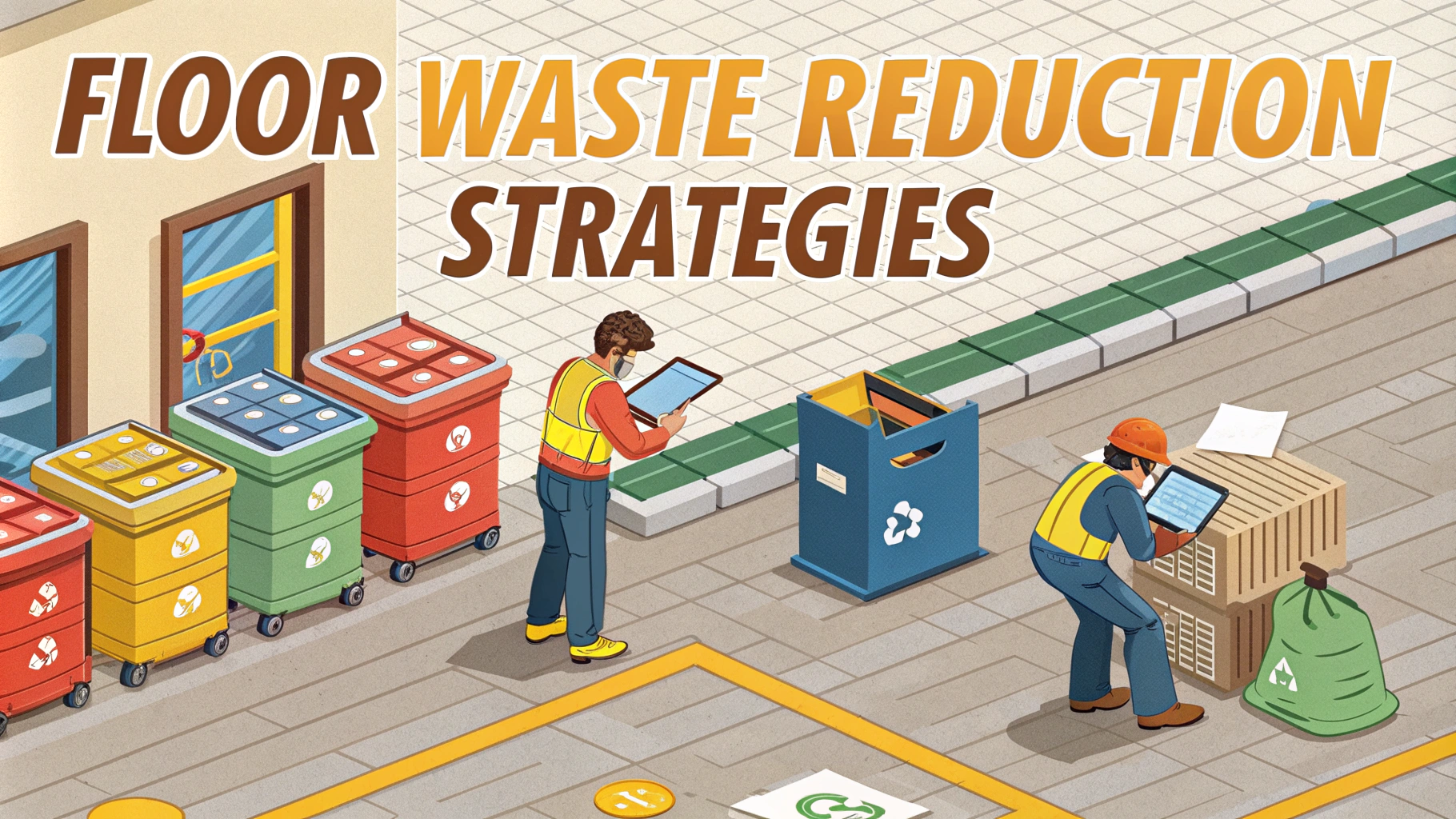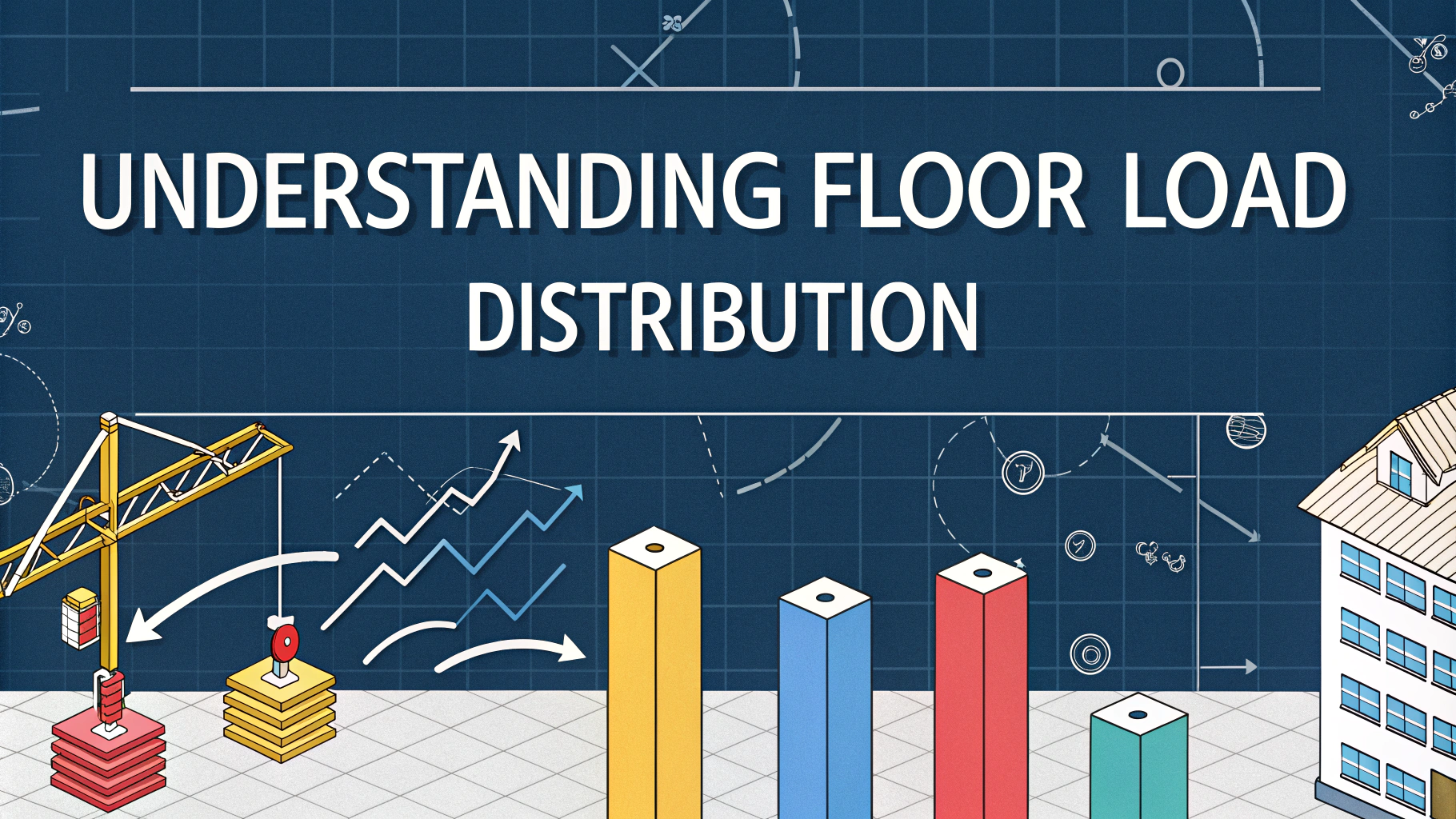Custom floor design services allow homeowners and businesses to create unique, personalized flooring solutions that perfectly match their style and requirements.
Professional floor designers combine artistic vision with technical expertise to transform ordinary spaces into stunning environments through customized flooring patterns, materials, and installations.
This guide explores the essential aspects of custom floor design services, from initial consultation to final installation, helping you make informed decisions for your next flooring project.
Types of Custom Floor Design Services
- Custom pattern creation
- Material mixing and matching
- Inlay and border design
- 3D floor designs
- Logo and brand integration
- Historical restoration
Popular Custom Flooring Materials
- Hardwood: Traditional, engineered, exotic species
- Tile: Ceramic, porcelain, natural stone
- Luxury Vinyl: Custom-cut designs, waterproof options
- Terrazzo: Custom aggregate blends
- Concrete: Stained, stamped, polished
The Design Process
- Initial Consultation: Meeting with designer to discuss vision and requirements
- Space Assessment: Evaluation of area, lighting, and traffic patterns
- Design Development: Creation of custom patterns and material selections
- Sample Review: Physical material samples and mock-ups
- Final Design Approval: Sign-off on patterns, materials, and installation plan
Cost Considerations
Custom floor design services typically range from $10-50 per square foot, depending on materials and complexity.
| Service Type | Average Cost Range |
|---|---|
| Basic Pattern Design | $10-20/sq ft |
| Complex Inlays | $25-35/sq ft |
| 3D Designs | $35-50/sq ft |
Finding the Right Designer
- Check portfolios and past projects
- Read client testimonials
- Verify licenses and insurance
- Request detailed quotes
- Discuss timeline expectations
Installation Considerations
Professional installation is essential for custom floor designs to ensure proper execution and longevity.
- Subfloor preparation requirements
- Installation timeline
- Space access needs
- Climate control during installation
- Post-installation care instructions
Maintenance Tips
- Follow material-specific cleaning protocols
- Use recommended cleaning products only
- Schedule professional maintenance as needed
- Document care instructions
- Address damage promptly
Taking the Next Step
Contact local flooring specialists through the National Wood Flooring Association (NWFA) or Tile Contractors’ Association (TCAA) to begin your custom floor design journey.
Benefits of Custom Floor Design
- Unique aesthetic appeal
- Increased property value
- Perfect match to existing décor
- Optimal functionality for specific needs
- Long-term durability through quality materials
Common Design Challenges
- Irregular room shapes
- Transitioning between spaces
- Budget constraints
- Timeline coordination
- Material availability
Quality Assurance
- Material testing and certification
- Installation quality checks
- Warranty documentation
- Post-installation inspection
- Performance monitoring
Environmental Considerations
- Sustainable material options
- Low-VOC adhesives and finishes
- Recycled content materials
- Energy-efficient installation methods
- Waste reduction strategies
Creating Your Design Legacy
Custom floor design represents more than just a functional surface—it’s an investment in your space’s character and value. By carefully considering materials, design elements, and working with qualified professionals, you can create a unique flooring solution that will enhance your environment for years to come.
- Document your design process
- Maintain warranty information
- Plan for future updates
- Share your success story
- Inspire others with your custom design
FAQs
- What is included in a custom floor design service?
Professional consultation, material recommendations, pattern creation, color coordination, layout planning, 3D visualization, installation guidelines, and maintenance recommendations. - How long does the custom floor design process typically take?
The process usually takes 2-4 weeks, including initial consultation, design development, revisions, and final design approval. - What types of flooring materials can be used in custom designs?
Hardwood, tile, natural stone, luxury vinyl, ceramic, porcelain, terrazzo, engineered wood, bamboo, and specialty materials like glass or metal inlays. - Are custom floor designs more expensive than standard flooring options?
Yes, custom designs typically cost 20-50% more than standard flooring due to specialized materials, unique patterns, and professional design services. - Can custom floor designs incorporate company logos or specific patterns?
Yes, designers can create custom inlays, borders, and patterns featuring logos, geometric designs, or artistic elements using various flooring materials. - Do custom floor design services include installation?
While some companies offer both design and installation services, many focus solely on design and provide detailed specifications for independent installers. - How do I maintain a custom-designed floor?
Maintenance requirements vary by material but typically include specific cleaning products, regular professional maintenance, and protective measures outlined in a care guide. - Can custom floor designs work with radiant floor heating systems?
Yes, but material selection must account for heat conductivity and expansion/contraction properties to ensure compatibility with radiant heating. - What factors affect the durability of a custom floor design?
Material quality, installation technique, traffic patterns, environmental conditions, maintenance routine, and protective measures all impact longevity. - How do I ensure my custom floor design complies with local building codes?
Professional designers consider local regulations, ADA requirements, slip resistance standards, and fire safety codes during the design process.


